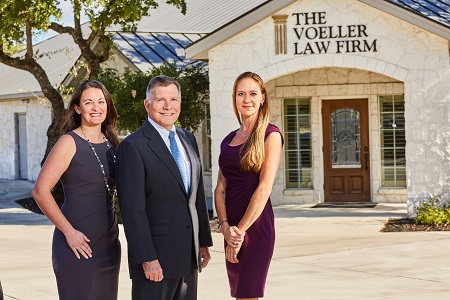You’ve worked hard and built a nice nest egg. Your estate plan is in order. There will be enough to retire comfortably, take care of your medical needs, and leave something to your heirs. As solid as your plan might be, life can take some unexpected turns. When it does, you may need to protect your assets from the clutches of greedy creditors.
Estate planning attorneys agree—if you don’t have Asset Protection, you’re at risk of losing everything you’ve worked for. Why chance it when as an individual or business owner, you can legally protect the assets you’ve spent a lifetime accruing? Asset Protection is at the heart of every well-constructed estate plan, and all Asset Protections are perfectly legal.
7 Basic Asset Protections
- 1. Umbrella Insurance. Insurance is crucial as the first line of defense against speculative claims that endanger assets.
Guaranteed Asset Protection (GAP). As the acronym states, covers the loan gap between the actual cash value of a car or recreational vehicle.
Life Insurance. Not typically thought of as “asset protection insurance,” life insurance allows your family a degree of financial security if you pass away. This type of insurance also protects families against debts and other overwhelming expenses once you are gone. - Asset Transfer. The law recognizes that persons are generally entitled to transfer their assets to whomever they wish and for whatever reason. An asset not in your name cannot be subject to the demands of creditors.
- Re-Title Assets. Changes in the ownership of an asset require it to be retitled. As with transfers, a trust that controls assets must also change the ownership of those assets.
- Retirement Plan Contributions. IRA Asset Protection, also known as IRA Creditor Protection or IRA Bankruptcy Protection, protects assets in your IRA accounts from lawsuits, creditors, liens, and other potential financial encroachments. Be advised that withdrawals from IRA accounts are taxed and are no longer protected.
- Create an LLC or FLP. While limited partners in a Family Limited Partnership (FLP) business are protected from personal liability beyond their investment, the general partner is not. To avoid liability, a Limited Liability Company (LLC) can be created and designated as the general partner of your FLP. Any assets within it are protected from creditors.
- Set Up a DAPT. A Domestic Asset Protection Trust (DAPT), an irrevocable trust established under the laws of a jurisdiction, allows the settlor of the trust to be a discretionary beneficiary while still offering protection against claims from creditors. The terms of an irrevocable trust, as written, cannot be changed.
- Create an Offshore Trust. Much has been written about offshore trusts as tax-dodging vehicles for the wealthy. The trust, however, is legal and also provides asset protection from creditors. This type of trust must be carefully established and managed by an estate or financial attorney to avoid difficulties with the Internal Revenue Service.
The Help You Need
The Voeller Law Firm specializes in all aspects of financial planning. For detailed information about how you can include these financial fail-safes into your estate plan to protect your assets, contact us at (210) 651-3851 or use our online contact form to send a message and set up a consultation.
We serve San Antonio, Schertz, and the surrounding communities of Bexar County.
19311 FM 2252
Suite 103
San Antonio, Texas 78266

